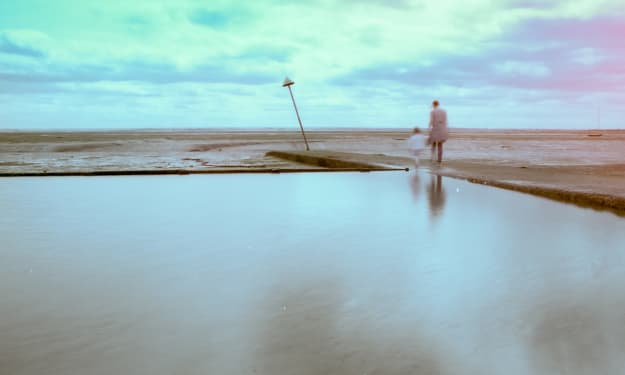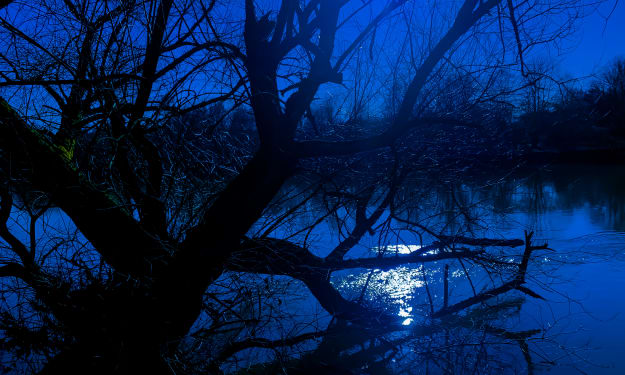Why I Fell (Back) in Love with Slow Photography
Most of us got into photography for the creativity, the art and the expression. Here’s why the slow photography revolution grabbed me more than the digital age.

I read about slow photography a little while ago when I was looking into buying bulk 35mm film and loading my own canisters. It’s predicated on the idea that we shouldn’t hurry the creative process and we should enjoy photography for the art and the creation of pictures rather than snapping shots on a smartphone and uploading to social media for likes and shares.
I get it: we all like to be liked. We want to be popular. We want our photos to be adored, for people to write things like “fire bruh” and “you rock” within five minutes of posting a photo to Instagram. We want people to follow us.
But in this day and age of instantaneity and immediate gratification, there’s something beautiful and satisfying—and relaxing—about slowing down and taking time to create photographs. I didn’t get into photography almost 20 years ago to get instant feedback and adoration; indeed, social media (and the internet as we know it today) didn’t exist back then.
The photos on this page were taken in 2002 in Wales, UK, somewhere near Monmouth. There’s no EXIF data; I didn’t blog the location—they were taken on a Pentax MZ-50 using Kodachrome 64, a wonderfully slow, colour slide film. They would’ve been taken at about a second-long exposure, perhaps f/11 or f/16, and I rested the camera on rocks or on a tripod to keep it steady. I scanned them recently and enjoyed the memory of the walk in the forest, the sound of the waterfall and the cluelessness of what had been recorded on that 35mm frame.
Nowadays, I shoot 35mm and 120 (medium format) film—sometimes colour, sometimes black and white—and the thrill is the same: I have almost no idea what I’ve captured until I get the films processed and I scan them in (or get them printed out). The moment of capture is different to the “lift iPhone, shoot, edit, upload” process most of us employ with our ubiquitous pocket-bound cameras; instead, you have to think about each and every frame, knowing that there’s only 24 or 36 shots (or even just 12 for medium format films) to use.
I have a decent and varied collection of cameras, from point-and-shoot digital cameras, through DSLRs, 35mm SLRs and panoramic cameras and medium format models, including a pinhole camera, but the art of photography and creating photos rather than being an indiscriminate happy snapper remains.
I challenge you: go to eBay or a charity shop, grab a 35mm camera and film, load it up, and take your time to shoot off a reel. You won’t be disappointed—even if you have to wait a week or two to see the results.


About the Creator
David Romanis
David is a musician, photographer, father and food-lover. His passions and his stories come from experiences that lie therein. He also works in employee communications, which is how we earns money to pay for the aforementioned activities.






Comments
There are no comments for this story
Be the first to respond and start the conversation.